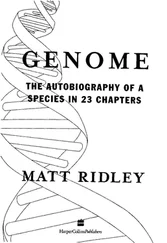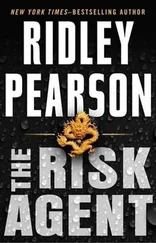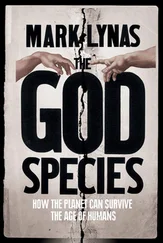This strange tale is supported by the existence of molecular ‘fossils’ – little bits of RNA that hang about inside the nucleus of your cells doing unnecessary things such as splicing themselves out of genes: guide RNA, vault RNA, small nuclear RNA, small nucleolar RNA, self-splicing introns. Bacteria have none of these, and it is more parsimonious to believe that they dropped them rather than we invented them. (Science, perhaps surprisingly, is supposed to treat simple explanations as more probable than complex ones unless given reason to think otherwise; the principle is known in logic as Occam’s razor.) Bacteria dropped the old RNAs when they invaded hot places like hot springs or subterranean rocks where temperatures can reach 170 °C – to minimise mistakes caused by heat, it paid to simplify the machinery. Having dropped the RNAs, bacteria found their new streamlined cellular machinery made them good at competing in niches where speed of reproduction was an advantage – such as parasitic and scavenging niches. We retained those old RNAs, relics of machines long superseded, but never entirely thrown away. Unlike the massively competitive world of bacteria, we – that is all animals, plants and fungi – never came under such fierce competition to be quick and simple. We put a premium instead on being complicated, in having as many genes as possible, rather than a streamlined machine for using them. 11
The three-letter words of the genetic code are the same in every creature. CGA means arginine and GCG means alanine – in bats, in beetles, in beech trees, in bacteria. They even mean the same in the misleadingly named archaebacteria living at boiling temperatures in sulphurous springs thousands of feet beneath the surface of the Atlantic ocean or in those microscopic capsules of deviousness called viruses. Wherever you go in the world, whatever animal, plant, bug or blob you look at, if it is alive, it will use the same dictionary and know the same code. All life is one. The genetic code, bar a few tiny local aberrations, mostly for unexplained reasons in the ciliate protozoa, is the same in every creature. We all use exactly the same language.
This means – and religious people might find this a useful argument – that there was only one creation, one single event when life was born. Of course, that life might have been born on a different planet and seeded here by spacecraft, or there might even have been thousands of kinds of life at first, but only Luca survived in the ruthless free-for-all of the primeval soup. But until the genetic code was cracked in the 1960s, we did not know what we now know: that all life is one; seaweed is your distant cousin and anthrax one of your advanced relatives. The unity of life is an empirical fact. Erasmus Darwin was outrageously close to the mark: ‘One and the same kind of living filaments has been the cause of all organic life.’
In this way simple truths can be read from the book that is the genome: the unity of all life, the primacy of RNA, the chemistry of the very earliest life on the planet, the fact that large, single-celled creatures were probably the ancestors of bacteria, not vice versa. We have no fossil record of the way life was four billion years ago. We have only this great book of life, the genome. The genes in the cells of your little finger are the direct descendants of the first replicator molecules; through an unbroken chain of tens of billions of copyings, they come to us today still bearing a digital message that has traces of those earliest struggles of life. If the human genome can tell us things about what happened in the primeval soup, how much more can it tell us about what else happened during the succeeding four million millennia. It is a record of our history written in the code for a working machine.
Конец ознакомительного фрагмента.
Текст предоставлен ООО «ЛитРес».
Прочитайте эту книгу целиком, купив полную легальную версию на ЛитРес.
Безопасно оплатить книгу можно банковской картой Visa, MasterCard, Maestro, со счета мобильного телефона, с платежного терминала, в салоне МТС или Связной, через PayPal, WebMoney, Яндекс.Деньги, QIWI Кошелек, бонусными картами или другим удобным Вам способом.












